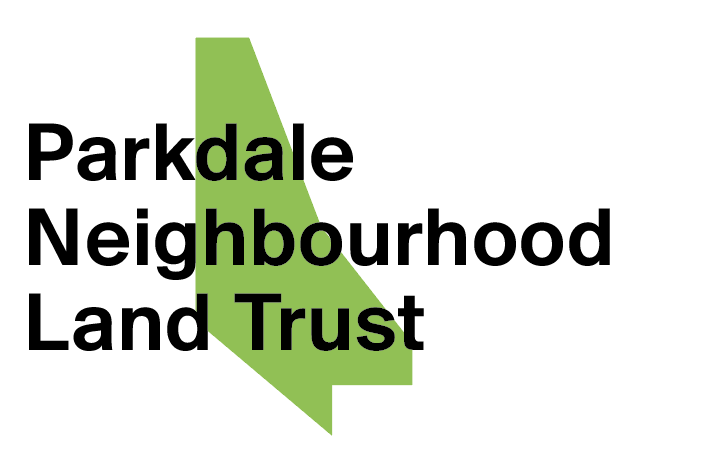Toronto Landtrust Bot
 javascript
node
Github
javascript
node
Github
The Toronto Ward 4 Landtrust bot automates the task of finding new development applications within the ward 4 boundaries. It also detects any status changes of development applications
within ward 4. This was a fun and exciting project. It was my first time working with Node, APIS, and asynchronous code. It was an ambitious project for me. Worth noting is just how
much non programming research I had to do to understand the needs of the client, and to get the data that I needed.
This program has four modules: myfs.mjs(for file system management and downloading), sorter.mjs(for finding relevant housing listings), emailer.mjs(for emailing information),
and finally main.mjs(for calling the different components functions). It uses an API called Nominatim to fetch longitude and latitude coordinates. It also uses a node module
called d3-geo which can analyze geojson files. It also uses nodemailer for emailing.
When I started this project, I was quite overwhelmed. I broke the problem into bite sized portions and tackled them one at a time. First, I had to get my data from somewhere. The employees
of the landtrust were using a leaflet map provided by the city to search for entries. As a last resort, I would use a web scraper to click through this map and record the information.
That sounded awful to me. So I researched, and researched and eventually I was able to find the data that was used to make that leaflet map. Hurray! It was a giant json file that was
updated daily! I was excited.
I had a lot to learn. The first thing was Node. I understood that filesystems couldn't be manipulated from the browser, and I knew this project needed a database. I installed node
and started to play around. I was able to use Node to download the development list(giant json). I learned to read and write to a json database. I quickly noticed that I needed
asynchronous code if I wanted to download data and then read it. I started to learn about async/await and promises. I practiced and practiced, until I had enough understanding
to do what I needed.
Now I had to narrow this development list down to only ward four entries because the list covers all of Toronto. I researched how to do this and found out that I could draw the boundaries
of ward four in a format called geojson. This seemed promising but there were two main problems with this idea. First, geojson uses longitude and latitude and the development list didn't
include that data. Second, I had no way of analyzing this geojson in a meaningful way. To solve the first problem, I was able to find an API that provided long and lat coordinates for
addresses. For the second, I was able to find a node module called D3-geo which had a function that returned true if given coordinates fell within a geojson boundary.
With these problems out of the way, it was finally time to actually start writing the program. First I wrote an http request to download the development list. Then I created sorter.mjs
to compare today's development list with the development list from yesterday. I was able to narrow the list by first filtering only entries that had a postal code that was within ward four.
Then I used the Nominatim API to retrieve long and lat for the entries and mapped them on. Then I used d3-geo to find only entries within my geojson boundaries.
Finally I compared today's list with yesterdays and was able to find new entries that fell within the exact location boundaries of ward four.
I took these new applications and added them to a watch list. This list is of entries that we are currently watching for status changes. So that if the status goes from "closed" to "open"
the organization knows. I had to write a lot of promises to get this all working and I orchestrated everything from the main.mjs module.
Now that I had my curated data, I simply used nodemailer and a gmail account to mail it to the employees. It runs daily on a company computer with a linux shell and a cron job.
I really enjoyed this project. I felt like I was in uncharted territory for a lot of it. I think I did a really good job and I accounted for probably all edge cases.
It wasn't smooth sailing. I think I once spent a whole day fixing a bug. The type of bug my current programmer self would probably figure out in half an hour, but it was very
rewarding when I got past bugs. In the end, I succeeded in creating a program that finds relevant development entries for the Toronto Landtrust. Thank you for reading this project report!